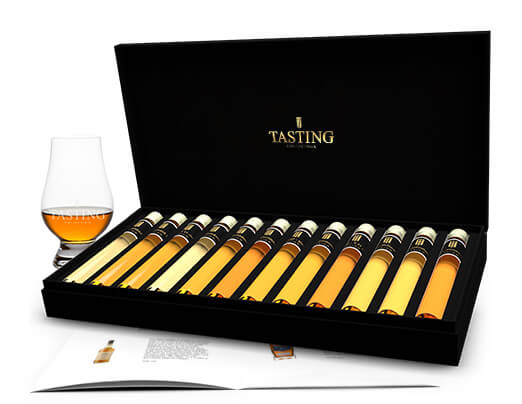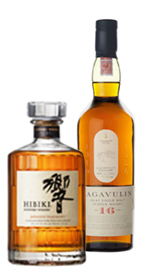What is Port?Port or Porto is a fortified sweet red, white or rosé wine from Portugal, with an alcohol content between 18 and 20 percent and is drunk as an aperitif, digestive or dessert wine. Port must be made from grapes, which are grown in a defined wine region along the banks of the Douro River. |
Although fortified wine is now produced all over the world, very similar to port, with Australië and South Africa being the largest, in the European Union only Portuguese products are allowed to carry the label 'port’'.
The history of Port
The name port is derived from the port city of Porto. In the 13th and 14th centuries wine was already exported from Portugal to England. When the English lived in dissatisfaction with the then already large scale wine producing country France, the English sought wine from other. To keep the Portuguese wine good during the long sea voyage, some brandy was added at the end of the preparation. At the end of the 18th century it was decided to stop fermentation by adding wine alcohol, so that not all sugars were converted into alcohol and the sweet taste was preserved. By adding alcohol, the alcohol percentage became higher; between 19-22%.
Geography of port
The Douro Valley is located on the upper reaches of the Douro River in northeast Portugal. This valley is divided into several vineyards, the quinta’s. A quinta in this valley is often used for pigeon breeding. Many vineyards grow grapes for port-wine houses in Porto and Vila Nova de Gaia. A small number of them make their own port. These are called Single Quinta Port. The vineyards are terraced, sometimes very steeply laid out on the flanks of the valley. In 2001, this region was declared a UNESCO World Heritage Site. The classification of Port vineyards ranks the 26,000 hectares of vineyards, on which grapes for the production of Port may be grown.
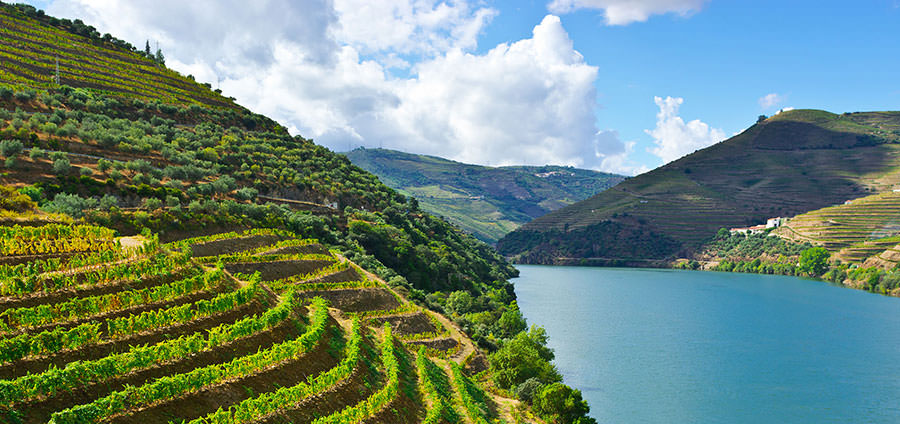
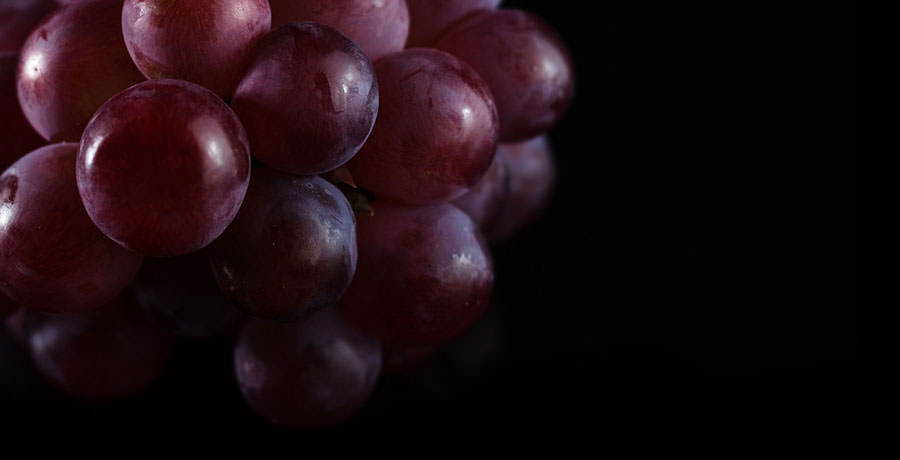
Grapes used for Port
Well-known grape varieties for the production of port are:
Touriga Nacional
Tinta Roriz
Tinta Barroca
Tinta Cão
Tinta Francisca
Tinto Rouro
Bastardo
Donzelinho Tinto
Mourisco
Malvasia Fina (used for white port).
Production of Port
When the grapes arrive from the vineyard it is decided not to steal or partially steal. The grapes must be harvested the same day. Stepping into lagares (low stone troughs made of granite) is still used today, next to modern winemaking systems. This old-fashioned ritual is a tough job that takes place in the evening after the harvest. Nowadays there are also machines that take over the work of the treaders (the human feet).
The pressure of the steps breaks the cell wall and thus gives off its taste and colour, which is more than essential for port wine. After a day or two the alcoholic fermentation occurs, causing the skins to create a blanket (manta) on top of the mass. This gives a protective layer that prevents contact with oxygen. If the must is good after analysis and according to the winemaker's wishes, the brandy (aguardente) can be added. This stops the fermentation and the wine can be put from the bottom of the lagaras in the barrel. This barrel consists of 1/5 wine alcohol that is supplemented with the port wine and thus gets an alcohol percentage of 19% to 20%.
Port kindsThere is red, white and rosé port. Red and rosé port are made from red grapes, white port from white grapes. Most varieties are blends of different years, vineyards and grape varieties. |
Ruby Port
The Ruby port is the most common. This relatively young port species has been stored on the vessel for 2 to 3 years. Mostly these are stainless steel tanks or concrete containers. In some cases they are aged in oak barrels. Ruby port is blended by mixing grapes from several grape varieties, vintages and vineyards.
In red port, the degree of ripening is important; more oxygen changes the color and aroma of the wine. If the port matures in wooden cuves (barrels) or in large cuves, more oxidation takes place. If the port is relatively young then the port is dark red in color (‘ruby’). If the port has been on wood for a much longer time, so that it has had more contact with oxygen, the port will have a lighter, orangeish colour (‘tawny’).
Ruby Reserva Port
The reserve is in barrels for between three and five years and has a more aromatic, fruity and complex structure.
Tawny Port
The Tawny Port is a blend of ports from different harvest years, named after the tan colour, which is caused by the wine maturing for several years in a barrel, so that it can oxidize a little. The tawny port is lighter in color and softer in taste than the ruby, because it has been on wood for longer, usually 3 years. Tawny Reserva is between 5 and 7 years in barrels and has a more aromatic, fruity and complex structure.
Aged Tawny Port
The best tawnies stay longer on wood. In Aged Tawny, the bottle shows the number of years the port has matured in barrels, creating the typical tawny colour. Since this is a mixture of ports, the age shown on the bottle is the average age of the blend. The use of the age indication requires permission from the Instituto dos Vinhos Douro e Porto.
Crusted port
This port is composed of port from 3 to 4 years on wood aged port from several vintages. This is then bottled unfiltered, forming a sediment, a ‘crust’. Like the vintage port, the port must be decanted before it is suitable for consumption. This port type is also called the ‘poor man´s’ vintage port.
Vintage port
This port is of the highest quality, made from the harvest of 1 year from the best vineyards. Only after strict inspection by the Instituto dos Vinhos Douro e Porto and issuing this quality stamp, the port may bear this name. On average about three times a decade, the grape harvest is so good that that particular year is declared a vintage port year by the IVDP (Instituto dos Vinhos do Douro e do Porto). Every port house is free to offer port to the IVDP for testing, even in unlisted vintage years. If it meets the strict qualifications, it is possible that this port house may also use the label vintage port for this wine. Often this is a so-called Single Quinta Vintage Port. The wine for the vintage port is bottled young, in such a way that it can mature further in the bottle and form a depot/droesem in the bottle, sometimes up to 40 years. On the label is not only ‘Vintage’ but also the vintage. The longer the bottle matures, the softer the taste.
The Vintage Years
The dates below are the general declared vintage port-years of the past 60 years: 2011, 2009, 2008, 2007, 2003, 2000, 1997, 1994, 1992, 1991, 1989, 1987, 1985, 1983, 1982, 1980, 1978, 1977, 1975, 1970, 1966, 1963, 1960, 1958, 1955, 1950, 1948, 1947, 1945.
The drinking temperature is about 18 °C. Because of the relatively low tannin content of vintage port, it oxidizes relatively quickly. In practice this means that vintage port should be drunk within 48 hours, after which the quality becomes noticeably lower. Because vintage port can be stored very long, it can happen that the cork is in very bad condition. In order to be able to open the port properly, a method has been developed with the aid of a so-called pliers. The pliers are heated until they are red-hot. The pliers are then clamped around the neck (under the cork) for some time and then cooled with a very cold wet cloth. The neck then breaks at the place of heating.
Late bottled vintage(LBV)
Late bottled vintage is a blend of ports from the same year. The label must always state the year of harvest and the year of bottling. The LBV Port matures, vóór bottling, in oak barrels between 4 and 6. Most of these LBVs are then ready to be drunk.
Single Quinta Vintage Port
The Single Quinta Vintage Port is a vintage port, which comes from één single vineyard. The vineyard must be mentioned on the bottle. These Single Quinta Vintage Ports can occur in years that are not seen as vintage years. Also here the label mentions the year of harvest and the year of bottling.
Colheita port
This port consists of the harvest of één single year. The word ‘colheita’ means harvest year. It must have matured for at least 7 years in a wooden barrel. It is tawny in colour and is ready to be drunk immediately after bottling. The year of harvest and the number of years the port has matured in the barrel are indicated on the bottle. Colheitas are considered high quality tawnies.
Garrafeira port
The Garrafeiraport is also a mixture of ports of één single year. The Garrafeira is sometimes called the bridge between the tawny and the vintage. After a short period of ageing in wooden barrels, the wine is transferred to large glass barrels, in which it matures slowly for 20, 30 to 40 years. Over the years, a sediment forms which makes decantation necessary before the port is bottled. The port matures further in the bottle.
Blanco port
White port is made exclusively from white grapes and has been in barrels for three years. The taste varies from extra dry to very sweet. The reserva branco has been in barrels for at least 7 years, is gold in colour and has a complex taste. White port is often drunk in Portugal as a mix with 1/3 white port, 2/3 tonic and a slice of lemon.
Rosé port
Rosé port has only been legally recognized as an official port species since 21 May 2009. Unlike the other types of port, the rosé port is not made of wood and therefore has a more lively, fresh and fruity style.
Pouring port
It is recommended to decant the port so that the sediment remains in the bottle before serving. A typical Portuguese custom is to fill the bottle with a significantly less rich ruby port after decanting a bottle of vintage port. This port will also get more 'body' this way. The special character of vintage port requires careful treatment prior to drinking. The bottle must have stood upright for at least 24 hours before opening to ensure that the deposit has been deposited at the bottom of the bottle. Decanting in a carafe should be done a few hours before consumption, leaving a quantity of én to two glasses in the bottle to make sure that no depot comes with the wine. The duration of decanting decreases as the Port has matured longer.
Age:Age:
7 years or younger: 10 - 12 hours
8 - 15 years old: 8 - 10 hours
16 - 25 years old: 6 - 8 hours
26 - 35 years old: 4 - 6 hours
36 - 45 years old: 3 - 5 hours
46 - 60 years old: 2 - 3 hours
60 years and older: 1 - 3 hours
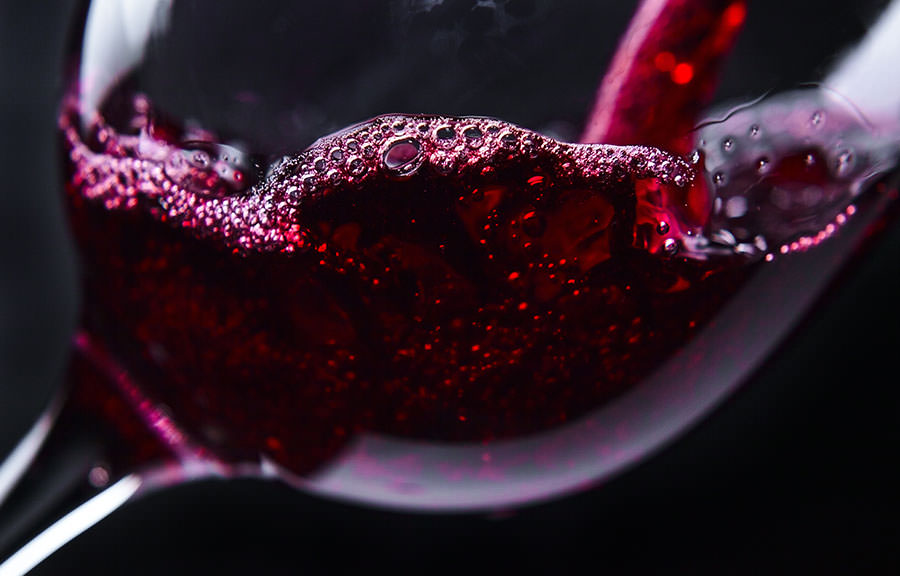
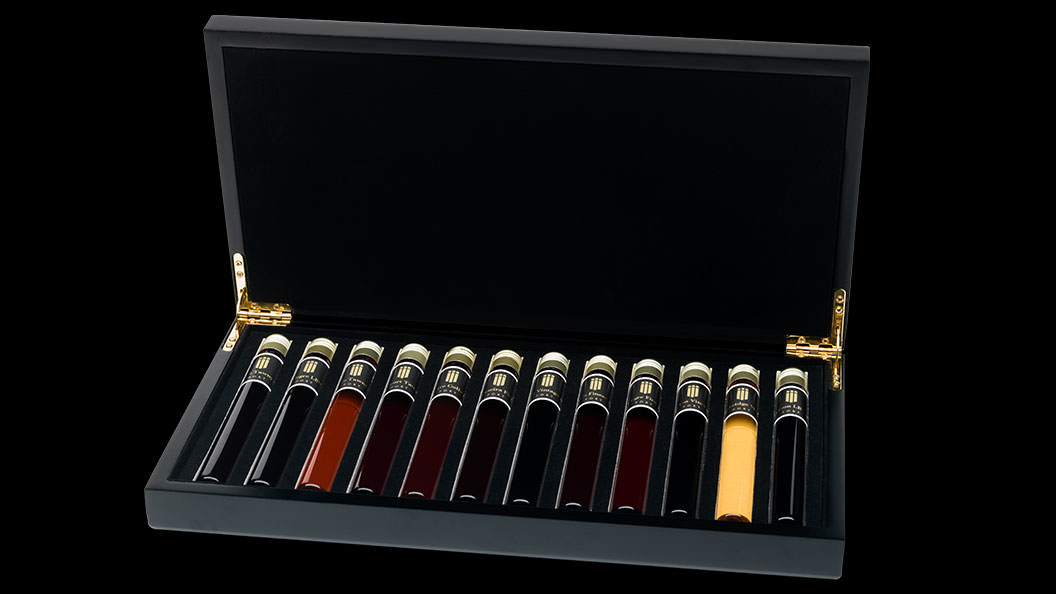
Port Tasting Collection
Have you become enthusiastic and would you like to taste the best Port? Order a Port Tasting Collection, try them all and discover which Port you like best!

